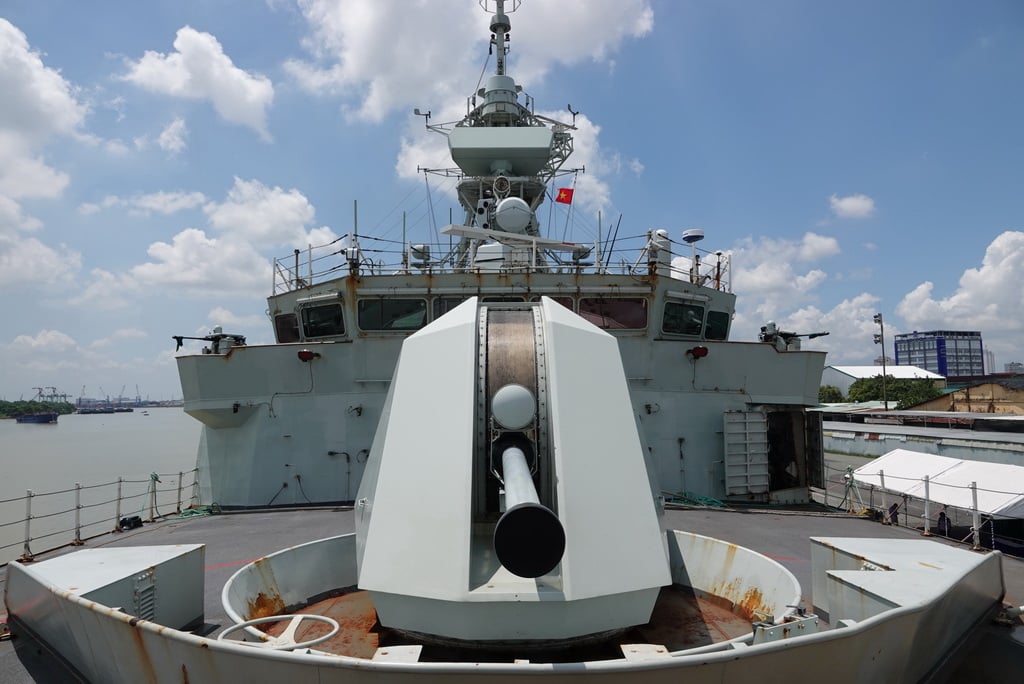
The ship's main gun
At a press conference on the Canadian warship HMCS Montréal today, August 15, Lieutenant Colonel Bain shared the journey of the warship of the Royal Canadian Navy's Atlantic Fleet to Vietnam. The HMCS Montréal is operating with a maximum crew of 250 sailors.
4 months to Vietnam
The ship departed from its home port of Halifax, Nova Scotia, on Canada’s East Coast in April. It sailed through the Middle East before entering the Indo-Pacific. It docked in Ho Chi Minh City in mid-August.
"It took us a few months to sail from the East Coast of Canada to the South China Sea to Vietnam. We put into port about five times as we crossed the Atlantic to the Red Sea and into the Indo-Pacific," said the commanding officer.
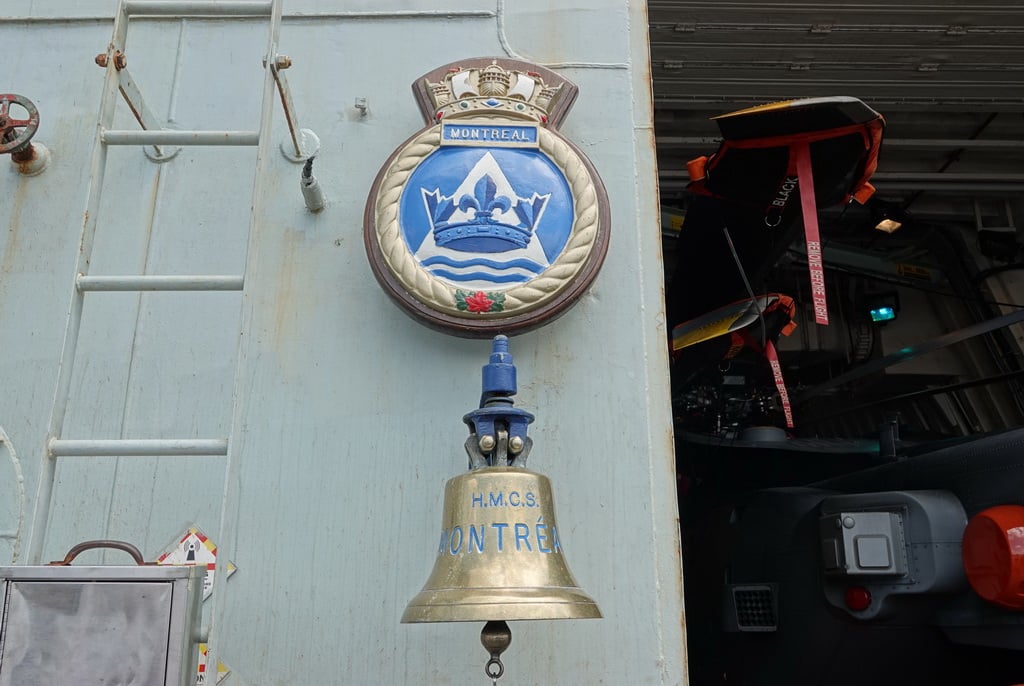
HMCS Montréal is a ship of the Royal Canadian Navy's Atlantic Fleet.
HMCS Montréal is undertaking Operation Horizon 2024, and is the first of three ships to leave port this year under the Indo-Pacific strategic framework that will be implemented from November 2022. The other two ships are HMCS Vancouver and HMCS Ottawa.
"In fact, HMCS Vancouver has just entered the area, and HMCS Ottawa will follow," said Lieutenant Commander Bain.
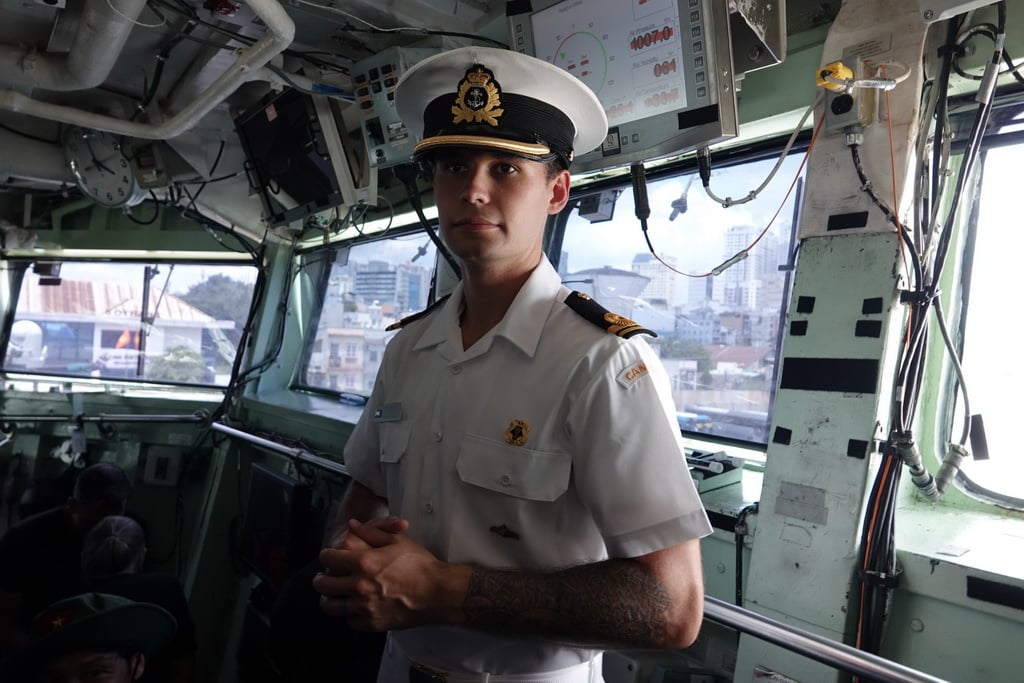
Lieutenant Adidan Nicol inside the command cabin
HMCS Montréal is a Halifax-class light destroyer designed with an emphasis on anti-submarine warfare in addition to surface warfare. The ship has a displacement of 4,750 tonnes and a length of 134 metres. The ship's maximum speed is 54 km/h.
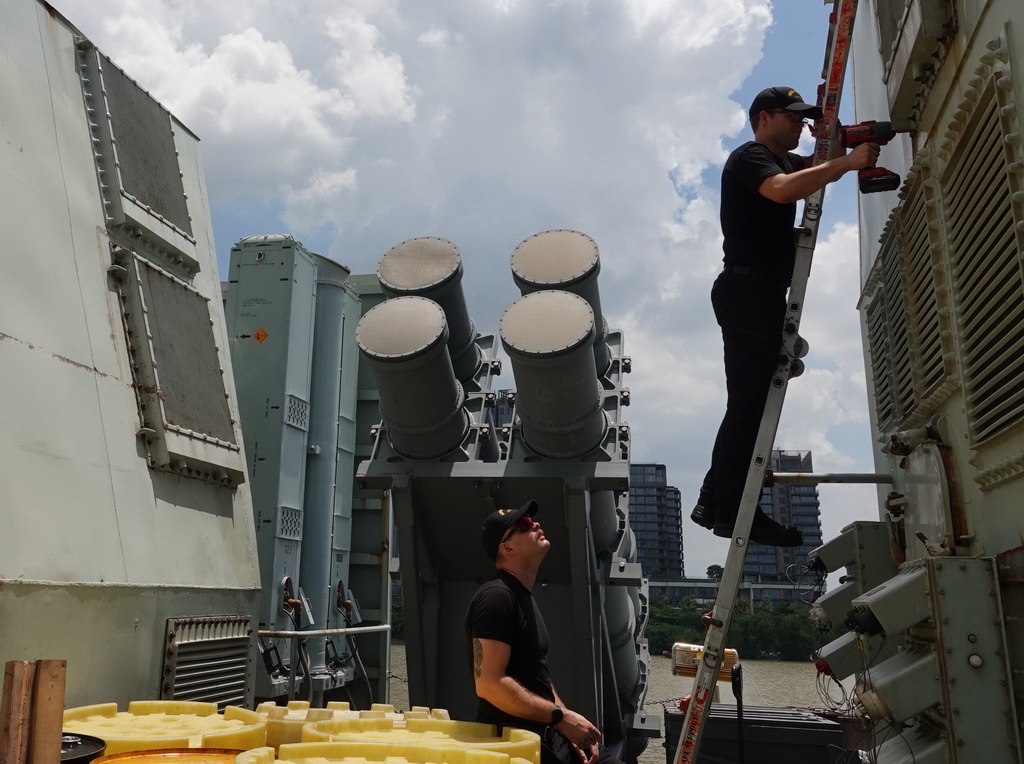
Set of 4 Harpoon anti-ship missile launchers on the starboard side of the ship
At the time of the ship tour, Lieutenant Adidan Nicol said the warship was equipped with two sets of eight Harpoon anti-ship missiles, 16 SeaSparrow RIM-162 ESSM medium-range air defense missiles, Phalanx Block 1B close-in artillery system, 57 mm main gun, 24 Mk.46 torpedoes and a CH-148 Cyclone helicopter specializing in anti-submarine warfare and maritime reconnaissance.
Since departing Halifax, the CH-148 Cyclone helicopter has logged approximately 300 flight hours, and is expected to have total flight time of approximately 600 hours by the time Operation Horizon is completed.
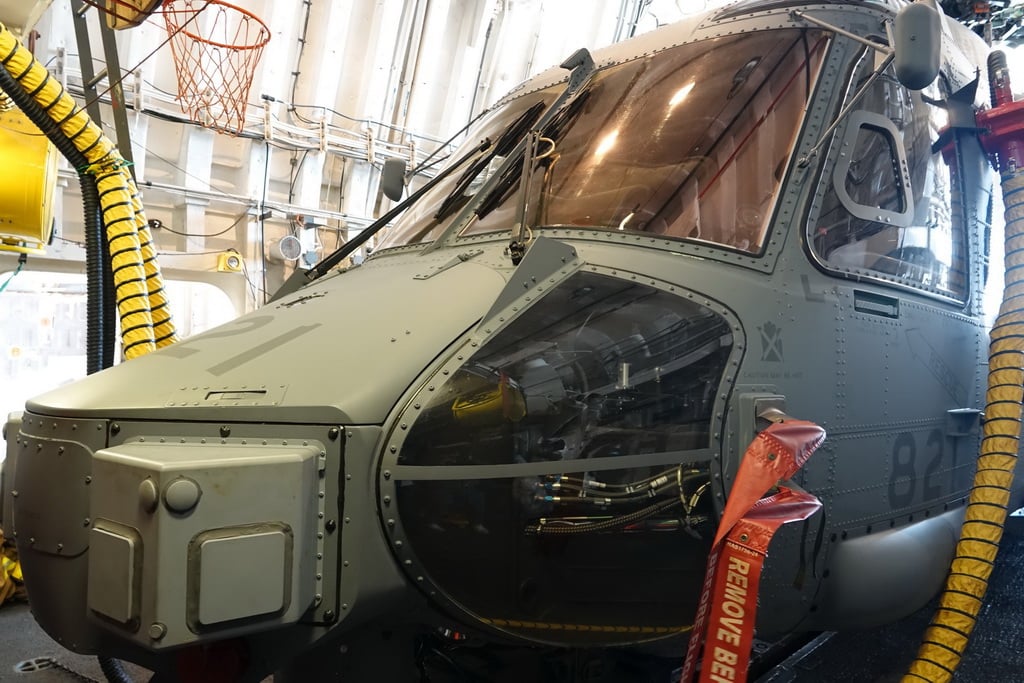
CH-148 Cyclone helicopters are stowed inside the ship when not deployed.
Why Ho Chi Minh City port?
2024 will mark Canada’s second year of Operation Horizon in the Indo-Pacific. Regarding the choice of Ho Chi Minh City as the port for this mission, Lieutenant Colonel Bain said there were many reasons.
First, the most recent visit to Vietnam by a Canadian naval ship was in 2021 by HMCS Calgary, which visited Cam Ranh Bay.
Meanwhile, the last time a Canadian naval ship visited Ho Chi Minh City was in 2016, with the HMCS Vancouver. Therefore, the Royal Canadian Navy decided that it was time to bring a ship back to visit Ho Chi Minh City, and this time HMCS Montréal took on the responsibility.
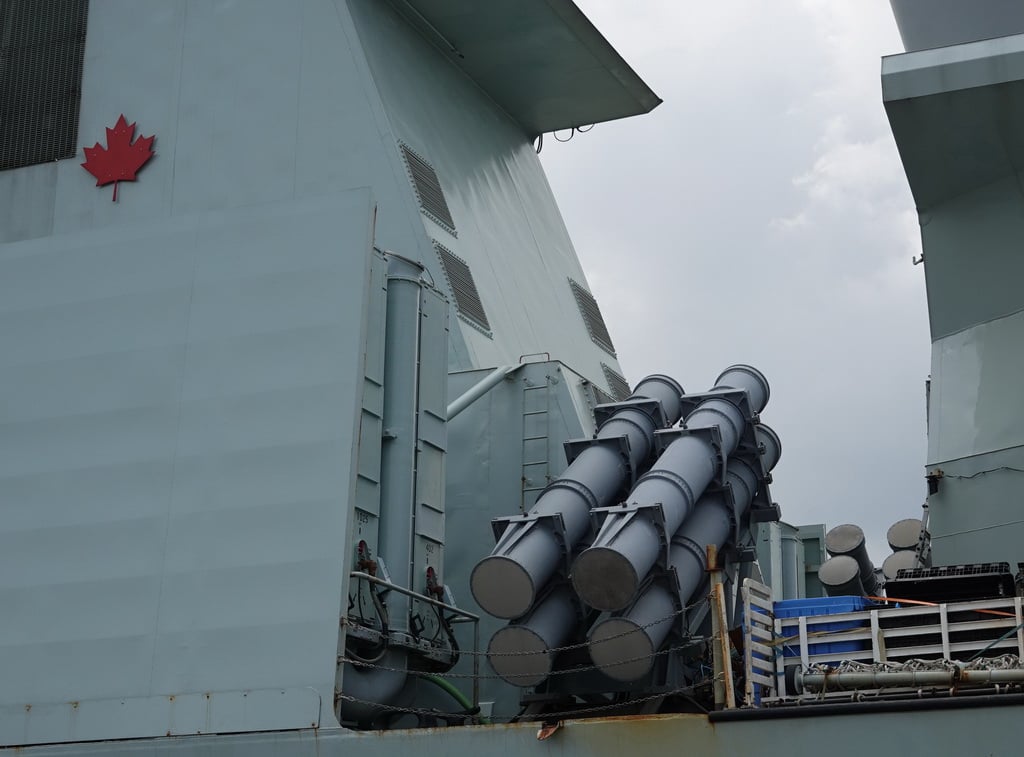
Set of 4 Harpoon anti-ship missile launchers on the port side of the ship
The Ho Chi Minh City destination also allows for different activities compared to ports visited in the past.
Canadian Ambassador Shawn Steil added that after the two countries announced the establishment of a comprehensive partnership in 2017, relations between the two countries exploded, with bilateral trade turnover continuously increasing.
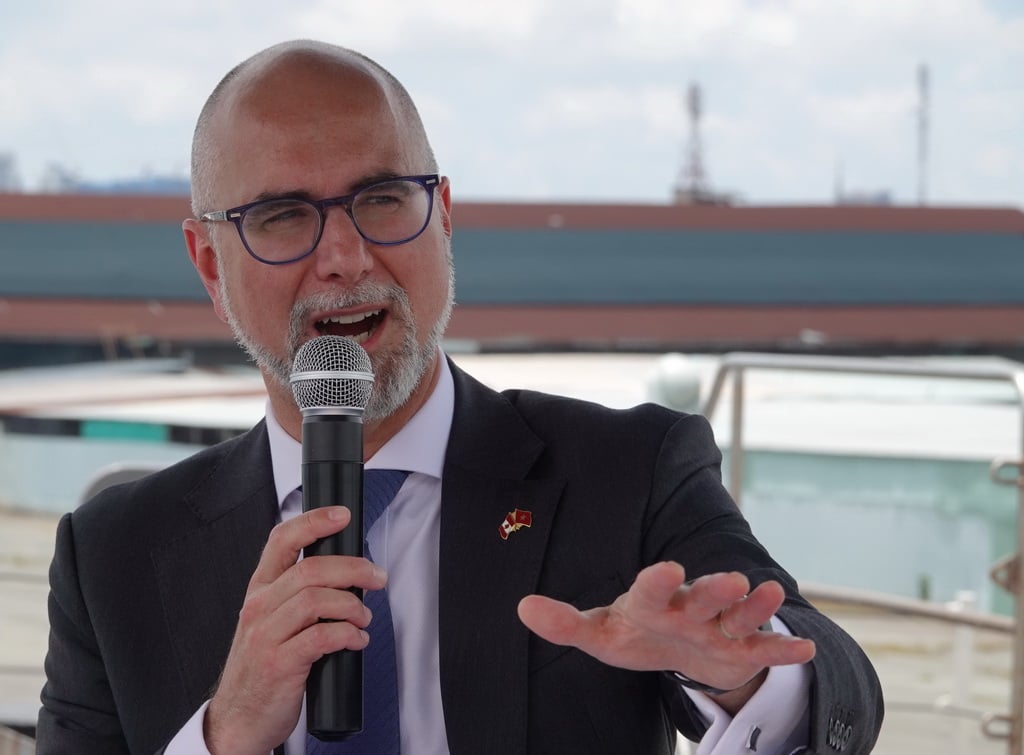
Canadian Ambassador Shawn Steil speaks at a press conference on board the ship
In that context, Ho Chi Minh City has always been the city with the largest trade growth rate compared to the whole country. And the visit to Ho Chi Minh City port also proves the importance of the trade route from the Mekong River to the East Sea. "Montreal's journey from the East Sea to Ho Chi Minh City shows that Canada is interested in an open and safe maritime route," according to the ambassador.
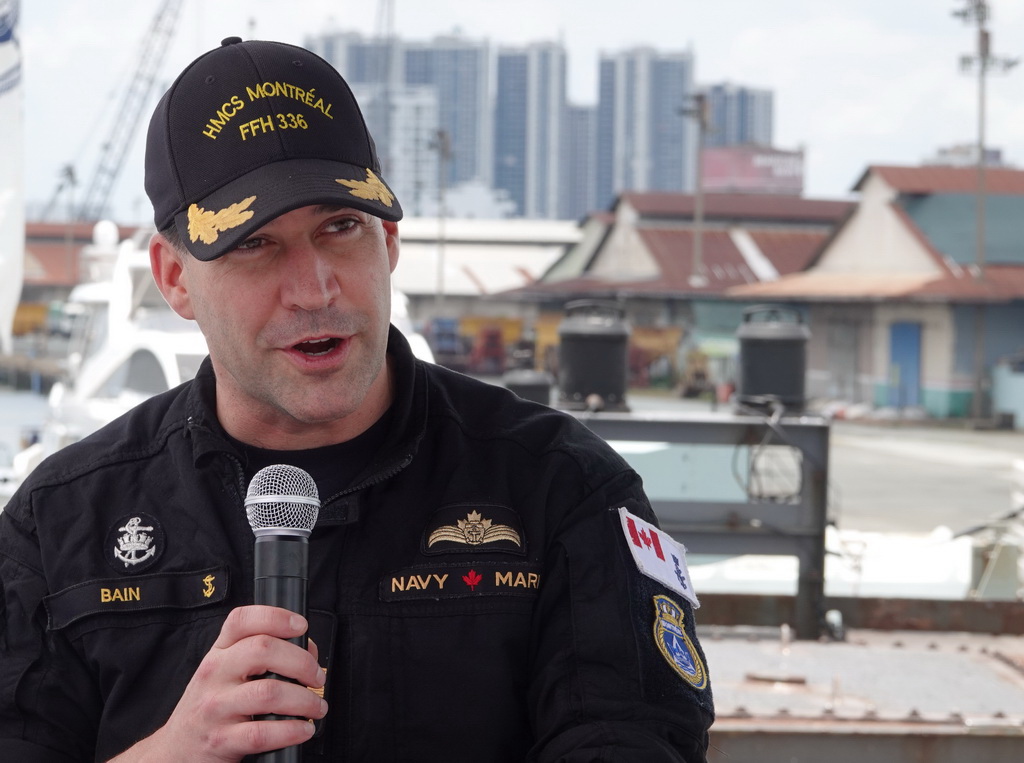
Commander Travis Bain, commanding officer of HMCS Montréal
Lieutenant Commander Bain spoke highly of Operation Horizon, which HMCS Montréal is participating in.
"2006 was my first deployment to the region, and I can say that over that time, the cooperation between Canada and its allies and partners (in the Indo-Pacific) has grown rapidly," said the commanding officer.
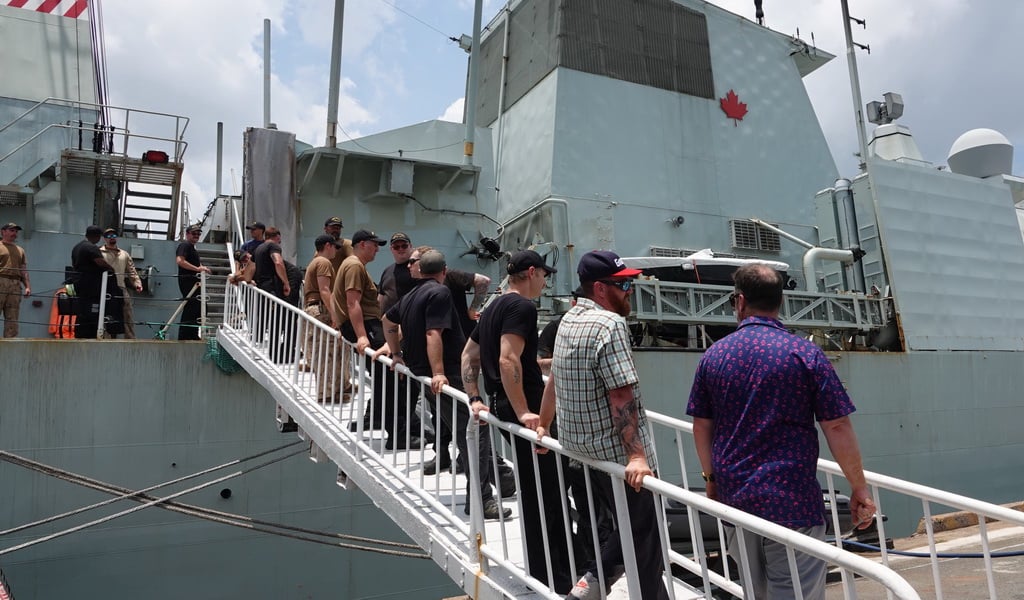
Resupply operations for ships are carried out after the ship has docked.
"If we want to use numbers to see more clearly, the Canadian Armed Forces have deployed one-third of the navy's main surface combatants to the region on a continuous basis... Canadian naval ships are always mobilized in a high state of readiness and will continue to maintain that in the future," Lieutenant Colonel Bain affirmed.
Upon leaving port on August 19, HMCS Montreal will conduct a formation maneuver and signal exchange exercise (PASSEX) with ships of Naval Region 2.
Source: https://thanhnien.vn/cuoc-hanh-trinh-cua-tau-chien-canada-den-viet-nam-185240815175203589.htm





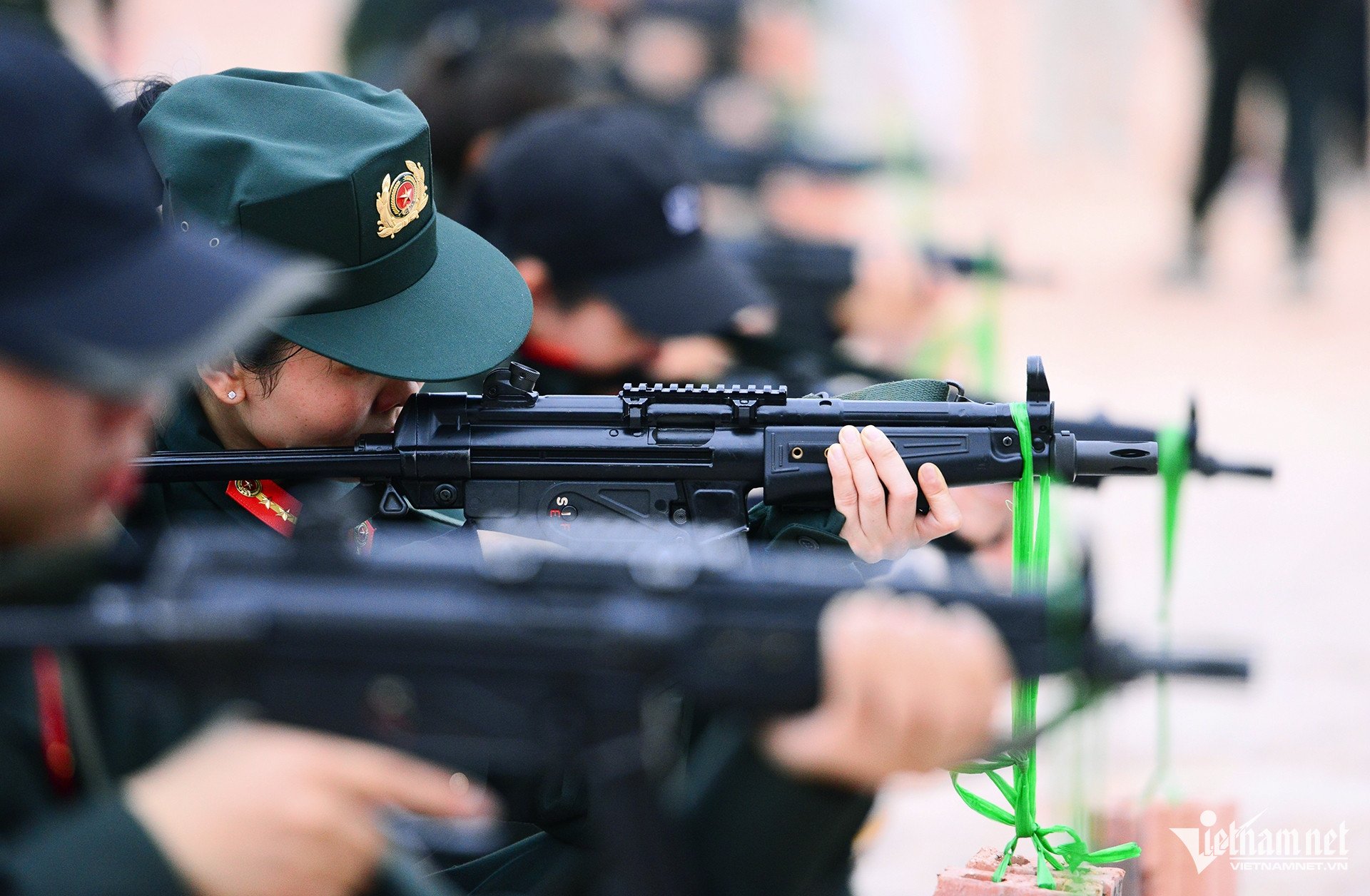

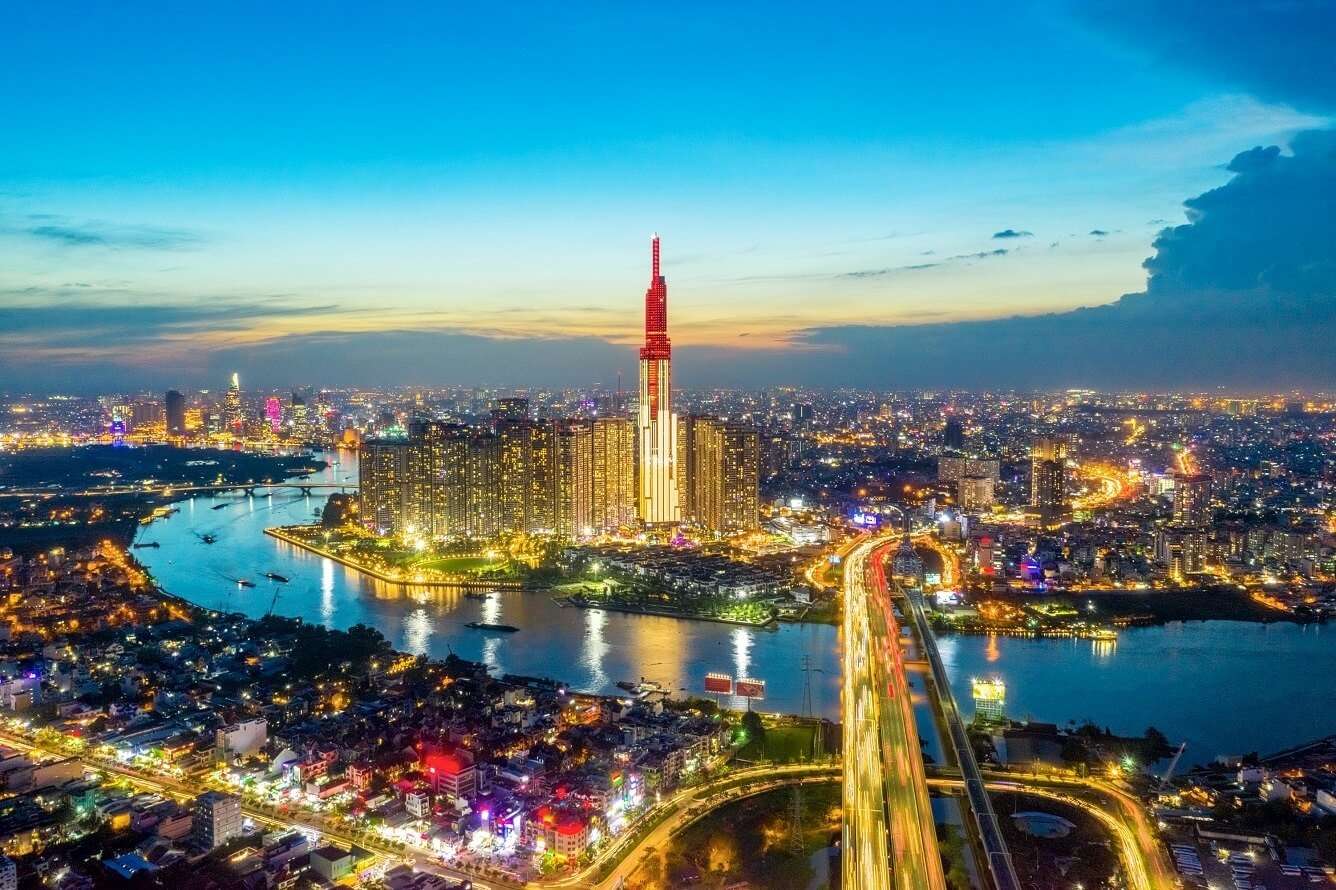
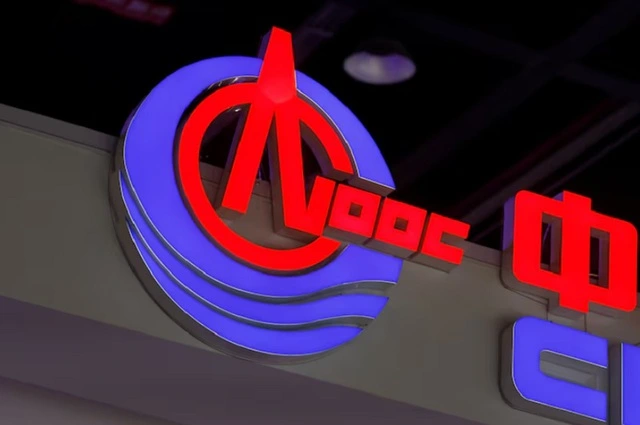





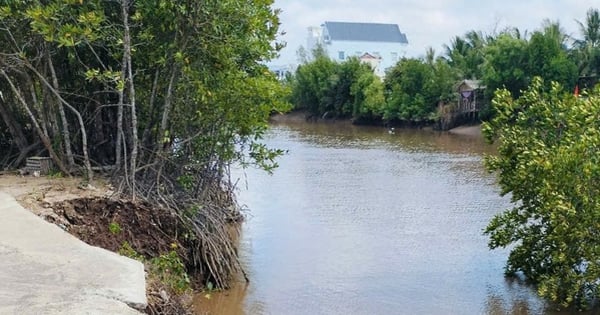


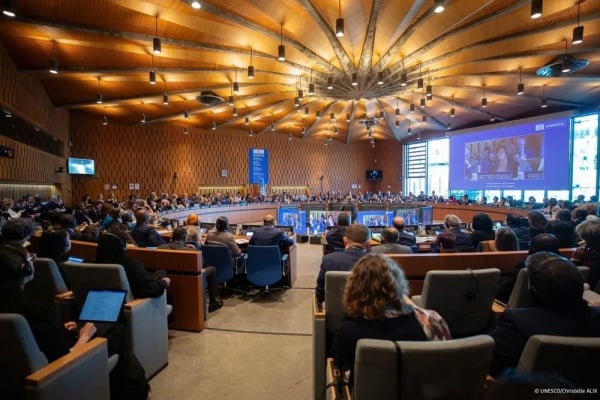



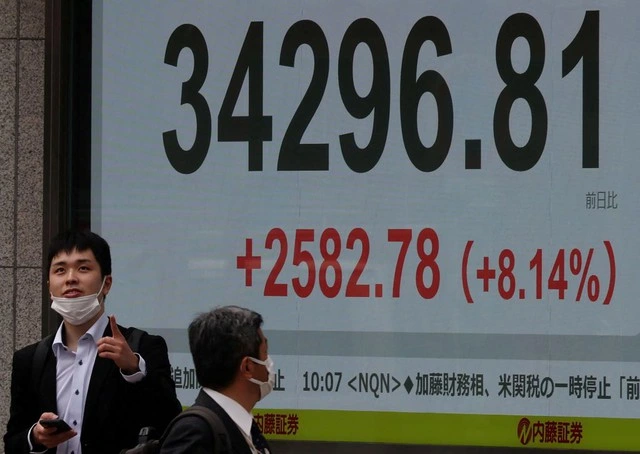







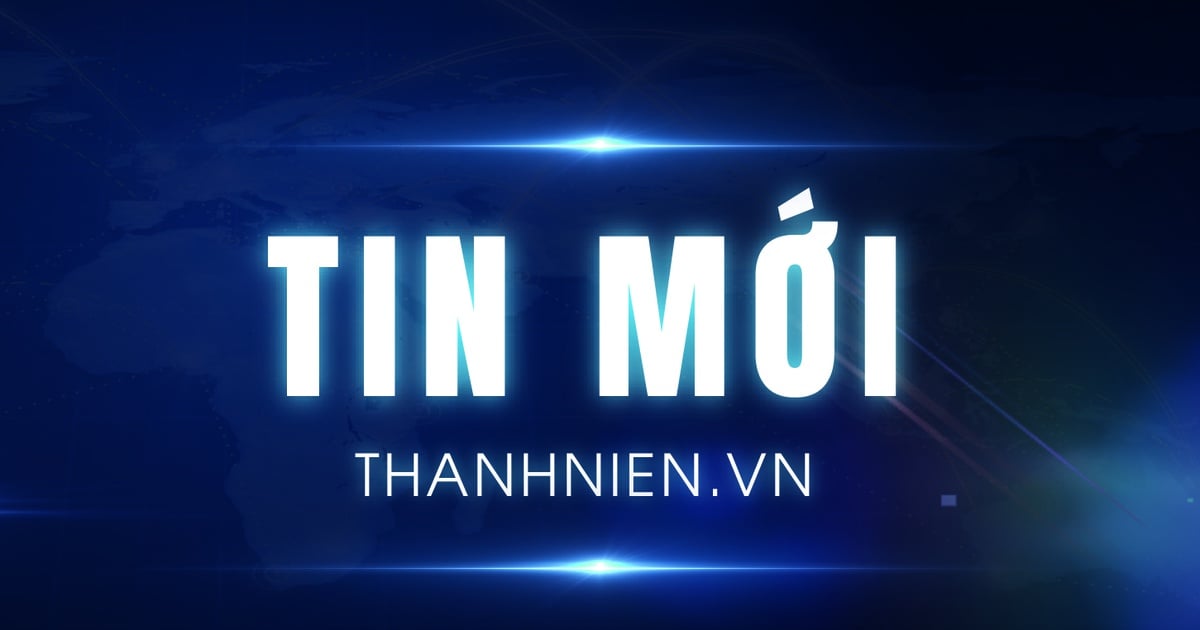


![[Photo] "Beauties" participate in the parade rehearsal at Bien Hoa airport](https://vstatic.vietnam.vn/vietnam/resource/IMAGE/2025/4/11/155502af3384431e918de0e2e585d13a)































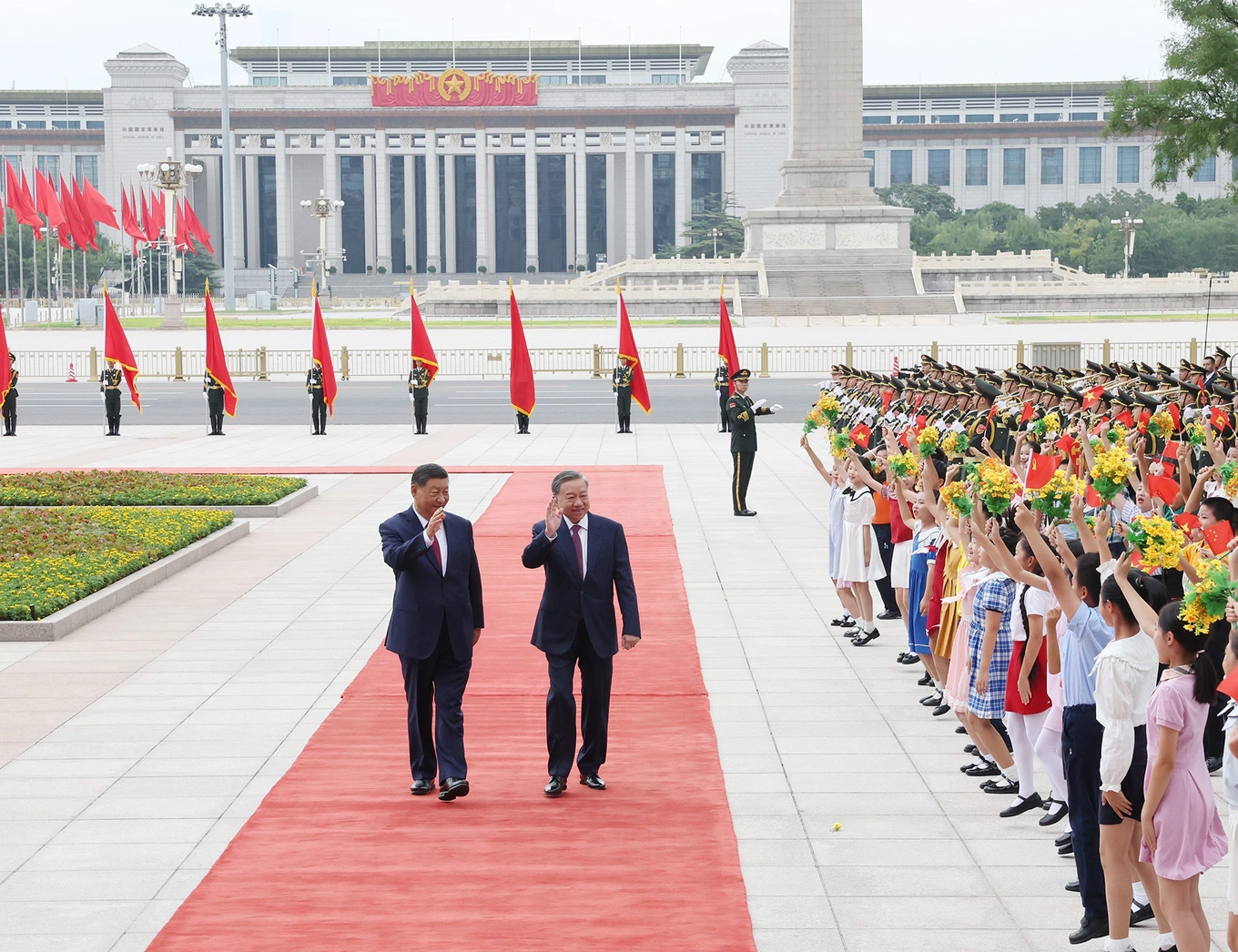

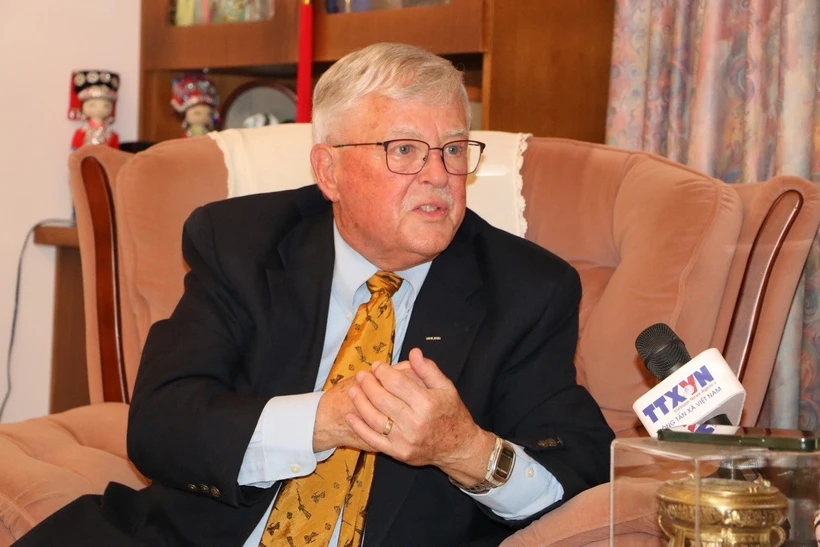






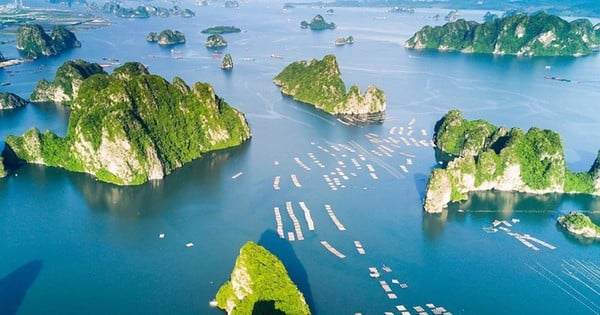























Comment (0)